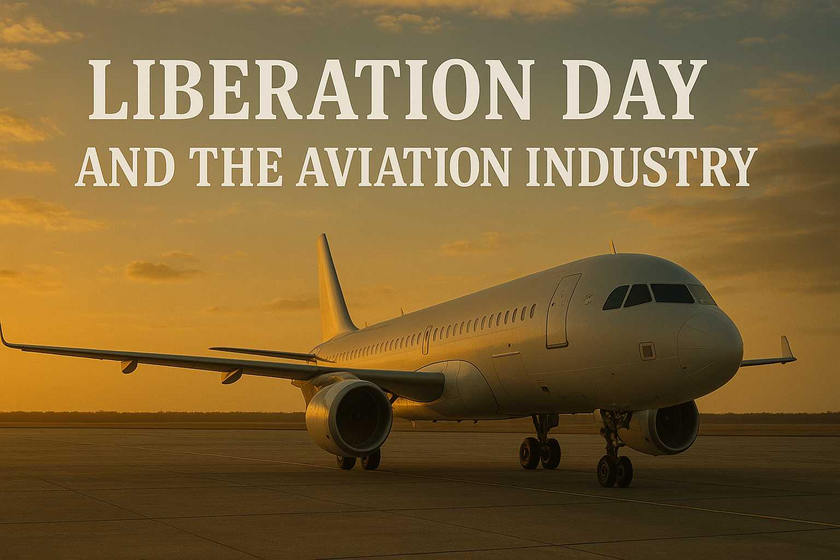
The readers of this newsletter series must understand that it is not in our nature to be the bearer of bad news at all times. However, we are definitely living in tough times. And it is our duty to our subscribers to always bring them to facts as they’re laid out, And to ensure that you have all the information you need not only to prepare, but to Prevail and prosper.
There have been many talks about the economy. Much of it is about falling inflation, the hot jobs market, and other conditions which may not reflect the reality of what’s going on on the ground in the everyday lives of individuals. When one looks deeper into the numbers and the data presented it is clear that the economy is struggling. It is also clear that we are already in a storm.
So, we implore our readers to look up from time to time from our busy lives and take note of what you’re fully going on beneath the surface. It’s a lot to be concerned about. However, there is hope in knowing where the challenges lie and how to prepare for them.
In this week's full article, we share some details Into what’s really going on with the economy right now. Providing greater details than one can find in the mainstream. The aim here is to allow our subscribers to see the facts as they are, and find ways to prepare for what Is happening, and still to come.
For related readings, please see also: ‘3 Ways Aviation Businesses Are Coping With Inflation’, ‘The Aviation Industry and Economic Uncertainties’, ‘Inflation: Higher costs and their effects on Flight Schools’, ‘High Interest Rates/Cost of Borrowing and Their Effects on Aviation Businesses’,’Debt: Its effects on the Aviation Industry’, ‘Economic Crisis and the Aviation Industry’, ‘Inflation and Aviation’, ‘How The Aviation Industry Needs To Look At Inflation’, ‘The Aviation Industry Must Not Mistake A Recession’, ‘Understanding Recessions’, ‘Understanding Inflation’, ‘Money and Recessions.’, ‘Breaking Down Inflation.’ , ‘Inflation: Here we go again...’’, ‘Recession: Should we still be concerned?’, ‘Stagflation: Should the Aviation Industry be Concerned?’ ‘Aviation: Producer and Consumer Prices’, ‘Aviation: Are We In BIG Trouble?’, ‘Aviation: Recession Red Flags?’, ‘Aviation, Pay Attention To The ‘Canary In The Coal Mine’’, ‘The Canaries 'Banks’ Are Dying.’and ‘Aviation: Inflation, Again…’
I really don’t know anyone that would argue that the U.S. economy is in great shape right now. Inflation is out of control, large companies are conducting mass layoffs all over the nation, the housing bubble is starting to implode, and more homeless encampments are constantly popping up in our major cities as poverty spreads like wildfire. But this isn’t the main event. I am calling this “the storm before the storm”, because the truth is that this new economic crisis is still only in the very early chapters. Unfortunately, much more suffering is on the way, and our country is not going to be able to handle it.
Perhaps you don’t agree with me.
And that is okay.
Nobody agrees with me 100 percent about everything.
But hopefully we can all agree that things are clearly trending in the wrong direction. According to Challenger, Gray & Christmas, the number of job cuts that employers announced in May 2023 was 287 percent higher than the number of job cuts that employers announced in May 2022…
U.S.-based employers announced 80,089 cuts in May, a 20% increase from the 66,995 cuts announced one month prior. It is 287% higher than the 20,712 cuts announced in the same month in 2022, according to a report released Thursday from global outplacement and business and executive coaching firm Challenger, Gray & Christmas, Inc.
It would be one thing if the month of May was some sort of a statistical anomaly, but it wasn’t.
In fact, for the first five months of 2023 the number of job cuts is up a whopping 315 percent compared to the same five months last year.
Take a few moments to reflect on that number.
Other than during the lockdowns of 2020, we haven’t seen anything like this since 2009.
And those that are at the top of the economic food chain are leading the way.
For example, we just learned that Goldman Sachs is planning to conduct a third round of mass layoffs…
Goldman Sachs plans to make another round of job cuts — its third in less than a year — as dealmaking profits continue to tank, sources told The Post on Tuesday.
The David Solomon-led investment bank will cull an additional 250 workers on the heels of 3,200 being fired in January in what staff had dubbed “David’s Demolition Day,” an insider said.
Economic activity is really slowing down all over the nation, and this is beginning to show up in corporate earnings reports.
On Thursday, Macy’s announced that same-store sales actually fell 8.7 percentduring the most recent quarter…
In an earnings report on Thursday, Macy’s said same-store sales sank 8.7 percent last quarter, forcing the New York-based department store to cut prices on clothes and other discretionary items.
Macy’s results concluded the retail industry’s earnings season, which showed how stubbornly high inflation, particularly in food, is forcing shoppers to further cut back on discretionary items like clothing to afford their soaring grocery bills.
Dollar General announced very disappointing results as well, and that resulted in a wild sell off of Dollar General stock…
Meanwhile, Dollar General, which caters to low-income shoppers and is the fastest-growing US retail chain by store locations, also cut its annual sales and profit outlook on Thursday, sending the company’s stock down 19.55 percent for the day.
A 20 percent decline in one day is a big deal.
So why is Dollar General performing below expectations?
Well, the CEO says that their core customers are very financially stressed right now. In fact, he says that many of them are “having to rely more on food banks”…
“Unfortunately, our customers are saying they’re having to rely more on food banks, savings, credit cards,” CEO Jeff Owen said on a call with analysts Thursday.
The company says its “core customer” makes less than $40,000 a year. Owen also said he believes customers were caught off-guard by reduced tax refunds and reduced SNAP benefits, “which exacerbated the inflationary pressures they were already experiencing.”
Dollar General’s results echo those of rival Dollar Tree, which also came in below investors’ expectations last week and cut its profit outlook for the year.
In an article that I posted a few days ago, I discussed the extraordinary demand that we are starting to see at food banks around the country.
There is so much suffering out there right now, and it is only going to intensify as more Americans lose their jobs in the months ahead.
If the Federal Reserve had not raised interest rates so aggressively, that would have greatly helped matters.
But instead they have chosen to bring the hammer down on the U.S. economy, and now the average rate on a 30-year fixed mortgage is almost up to 7 percent…
The rate on the 30-year fixed mortgage rose to 6.79% this week from 6.57% a week ago. One year ago, it averaged 5.09%.
“Mortgage rates jumped this week, as a buoyant economy has prompted the market to price-in the likelihood of another Federal Reserve rate hike,” said Sam Khater, Freddie Mac’s chief economist. “Although there has been a steady flow of purchase demand around rates in the low to mid six percent range, that demand is likely to weaken as rates approach seven percent.”
As the housing bubble steadily implodes, those that work in the industry are going to have such a hard time.
Of course the truth is that difficult times are ahead for all of us.
It has become clear that nobody in Washington is going to be coming riding to the rescue.
The debt-fueled years when “easy money” was flowing like wine have come to an end, and now a whole lot of pain is on the horizon.
Sadly, most Americans still do not understand that a great economic storm is rapidly approaching, and that is extremely unfortunate.
_________________
Author:
About the Author: My name is Michael and my brand new book entitled “End Times” is now available on Amazon.com. In addition to my new book I have written six other books that are available on Amazon.comincluding “7 Year Apocalypse”, “Lost Prophecies Of The Future Of America”, “The Beginning Of The End”, and “Living A Life That Really Matters”.
Read the full bio here.
_____________________
This article was published in The Most Important News Blog on June 01, 2023, with the title “The Storm Before The Storm.” The views expressed are the author’s, and do not constitute an endorsement by or necessarily represent the views of On Aviation™ or its affiliates.
Thank you for reading this week's On Aviation™ full article. How are you coping with the challenges within the economy? Please share your thoughts in the comments below. Remember to check out our On Aviation™ Podcast and continue the conversation on our Twitter and Instagram.
Orlando - On Aviation™

















